ACEER considers the conservation of biodiversity and functioning landscapes a mission that is parallel to the conservation of culture and traditional livelihoods in the Amazon; these are two sides of the same coin, so to speak. Much of our work is conducted in partnership with local Indigenous communities, and these partnerships are grounded in ethics. In 2021, ACEER developed an Ethics Policy that governs our collaborations with local communities and how we engage with Environmental Justice. The ethics policy prioritizes empowerment, respect, cultural humility, transparency, and self-reflection.
We focus on Indigenous communities because of the relationships we have been able to build, and because we know the impact working with Indigenous communities can have on conservation:
- Indigenous territories contain over 80% of the world’s biodiversity [Source: World Bank]
- Giving indigenous groups rights to their ancestral lands reduces the clearing of their forests by more than three-quarters, and forest disturbance decreases by roughly two-thirds in just two years. [Source: Blackman et al 2017)
- Indigenous communities’ methods of small-scale farming have been shown to encourage biodiversity at a greater rate compared to commercial agriculture. [Source: Scherr and McNeely]
- Indigenous people have expertise in how to adapt, mitigate, and reduce climate and disaster risks [Source: World Bank]
Check out some of the specific projects and programs that we have been working on in collaboration with Indigenous communities!
Maijuna

The Maijuna are one of the most vulnerable Indigenous groups in Peru, with fewer than 600 individuals remaining in four communities northeast of the city of Iquitos in the Department of Loreto. The Maijuna safeguard and conserve almost one million acres of their ancestral lands in the Maijuna-Kichwa Regional Conservation Area. Two stated priorities of the Maijuna are to understand changes in populations of mammals in their ancestral lands and earn sustainable income so that they do not have to exploit their natural resources to meet their basic needs.
Conservation Research
The Maijuna community of Sucusari is the home base for much of ACEER’s field-based research. ACEER Conservation Leaders and staff work with the Maijuna, partner NGO OnePlanet, and others to implement camera trapping surveys and other approaches. This research demonstrates the value of the biocultural diversity of Maijuna ancestral lands, and the sustainability of Maijuna traditional livelihoods.

Sustainable Income
The Maijuna work with a number of NGOs on sustainable economic development projects. ACEER’s work focuses on two of the main priority projects for the Maijuna: ecotourism and native stingless beekeeping.
The Maijuna express great interest in participating in ecotourism, earning income from teaching visitors about conservation and Maijuna culture. Over the past several years, they have worked with OnePlanet to develop a number of ecotourism workshops focused on topics ranging from ecology to fishing and cooking to traditional artisan work. ACEER’s experiential education programs participate in these workshops and empower the Maijuna to achieve their stated goals. For example, Maijuna-led workshops form the backbone of much of the educational curricula developed by ACEER’s Bringing the Amazon Home program!
Maijuna beekeepers raise native stingless bees that perform key pollination services to the surrounding forest and agricultural ecosystems and produce honey that the Maijuna can sell. The honey is sustainably grown and harvested, so beekeepers can earn a premium price from its sale to visitors and in the city of Iquitos. Native stingless bees and their honey hold a special place in Maijuna traditional culture. Traditionally, honey was harvested destructively; the modern approach prioritizes the health of the beehive and optimizes both conservation and profit.
This project was developed by the Maijuna, OnePlanet, and other partners. ACEER has worked with our partners to develop educational materials that the Maijuna can use to train new beekeepers on sustainable beekeeping, including in other communities. Since their development, these multimedia tutorials have been employed in neighboring communities along the Napo River, in different regions of Peru, and even internationally!
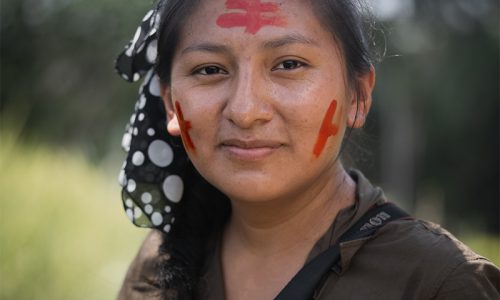
“Living in harmony with nature, ensuring our well-being and that of future generations.”
~ Rut Mottoccanchi
Ese'Eja
For generations, the Ese’Eja people have been protecting their lands by living sustainably. They expanded into ecotourism, sharing their knowledge and rainforest access with people from around the world. They want to preserve their customs and culture, but they face escalating obstacles from a government that condones environmentally devastating methods of agriculture, mining, and transportation.
ACEER works to empower the Ese’Eja nation to preserve their lands, live by their own customs, share their knowledge of the rainforest’s ecosystem, and adapt to 21st century realities in a culturally-relevant way.
ACEER collaborated with the National Geographic Society and the University of Delaware to connect a team of anthropologists, professors, students, and others with a passion for conservation to the Ese’ Eja people.
Their objectives, led by the Ese’Eja Nation, were the following:
Cultural Preservation
Using ACEER’s deep connections with the Ese’ Eja people, the team began documenting Ese’Eja customs, cultural narratives, and traditional livelihoods. The project focused on crafting a resource that the Ese’Eja could use to educate future generations and communicate the importance of their traditional culture to a global audience. ACEER assisted the Ese’Eja Nation in publishing a photojournalistic book, Ancestral Lands of the Ese’Eja: The True People. ACEER also facilitated connections for the educational exhibition, The Ese’Eja People of the Amazon: Connected by a Thread, which travels across the U.S. Learn more about the exhibition.
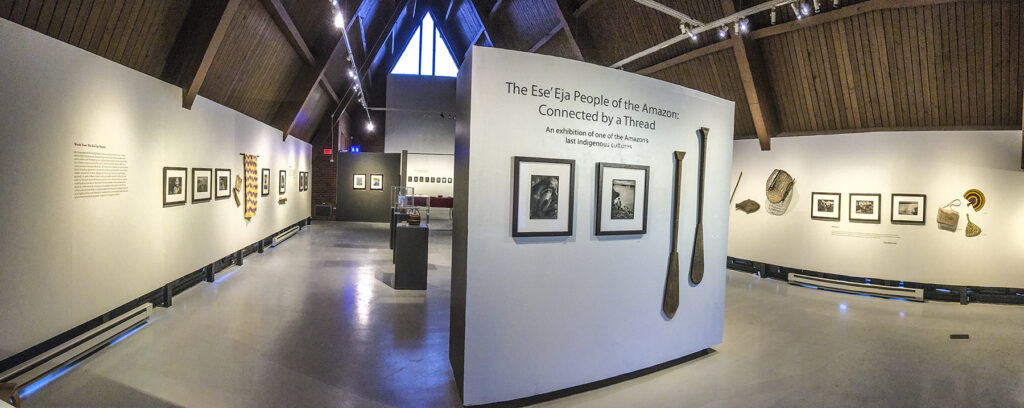
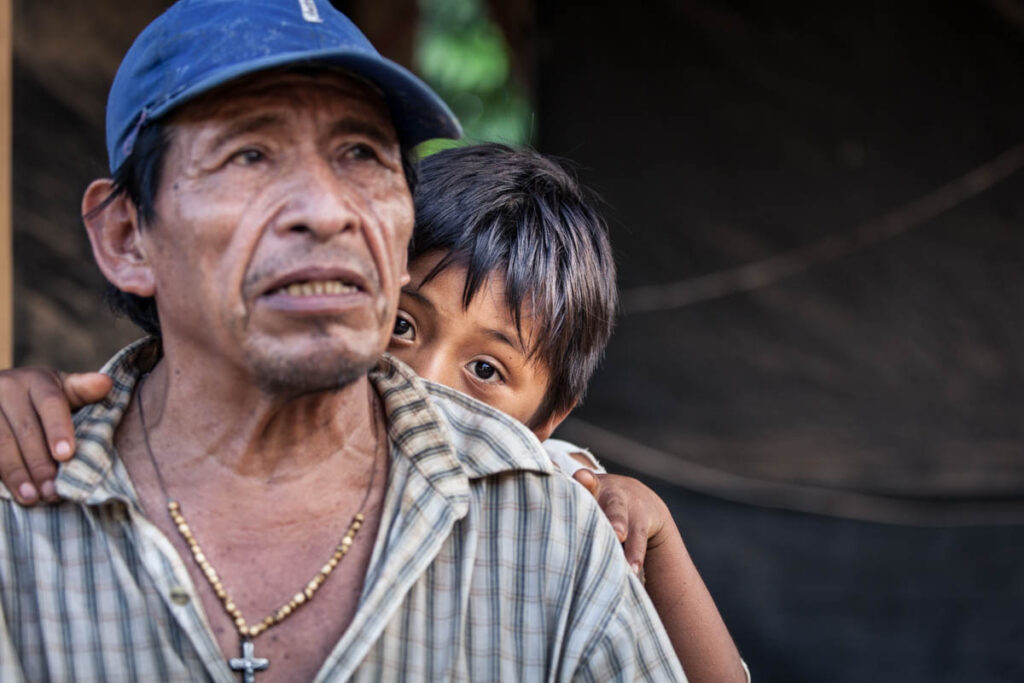
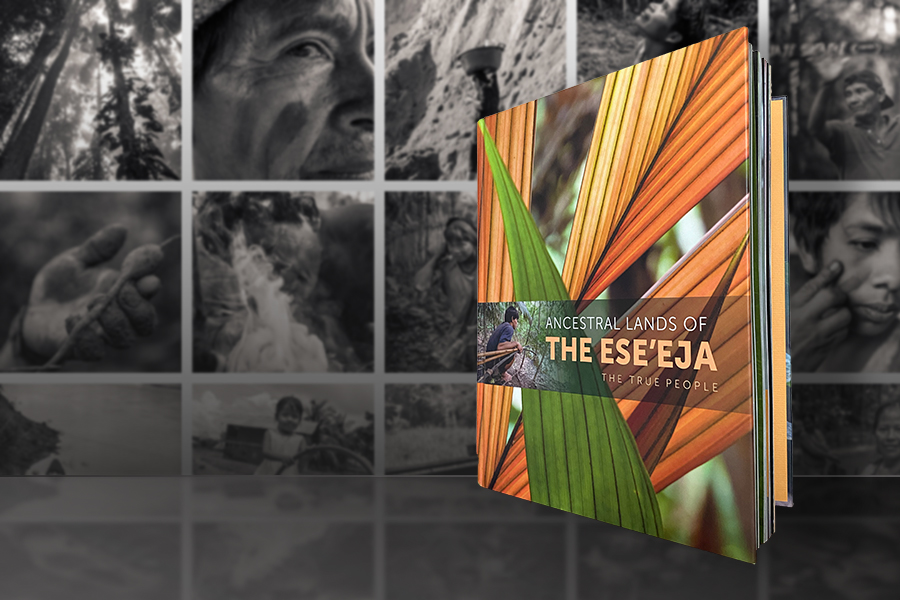
Plan de Vida
The team continues to work with the Ese’Eja people to create a flexible, sustainable plan that empowers the communities to navigate the realities of the 21st century on their own terms. It focuses on maintaining their perspective while enabling positive interactions and impact with their evolving world. ACEER connects Ese’Eja elders with outside facilitators, and we help to raise awareness and support for the initiatives the Ese’Eja establish.
Since its grand opening at the Smithsonian’s National Museum of the American Indian, the Ancestral Lands of the Ese’Eja: The True People exhibit has traveled to 12 locations across the United States and has been welcomed at colleges, universities, museums, Longwood Gardens, and the Peruvian Embassy in Washington, D.C. Dozens of classes across the country have engaged in first-hand educational tours of the exhibition and have learned from the Ese’Eja’s wisdom. To date, the exhibit has been experienced by nearly one million people.
The exhibit, Ancestral Lands of the Ese’Eja: The True People book, and donations has raised over $35,000 for the Ese’Eja Community Development Fund managed by ACEER. This fund gets divided among the Ese’Eja communities in support of initiatives each village determines is necessary. In 2020 and 2021, the full amount of the fund was used to secure food, medicine, and personal protection equipment for the Ese’Eja as they battled the COVID-19 pandemic.
Shipibo
The Shipibo-Conibo are an Indigenous group of 20,000 individuals living along the Ucayali River. They represent 8% of Indigenous people in Peru. The Shipibo-Conibo are well known for their textiles and pottery that employ maze-like geometric patterns. Like other Indigenous groups in the Amazon, they have suffered from external pressures from oil exploration, logging, and narco-trafficking. In recent years, an increasing number of individuals have moved to the cities of Pucallpa and Yarinacocha seeking better education, health care and economic opportunities. Now, climate change is producing humanitarian crises for the Shipibo-Conibo people. Prolonged drought followed by severe flooding rains have destroyed houses, schools, health clinics, crops, contaminated water supplies and spread diseases such as cholera.
ACEER began working with the Shipibo-Conibo over 15 years ago. We offered teacher training and provided educational materials to those living in Pucallpa. When natural disasters hit we have provided humanitarian support to rebuild destroyed villages, dig wells for clean water, and provide food and medicine. Our particular focus recently has been on communities like Porvenir and others along the remote Pisqui River, populations that have been particularly hard hit by flooding and disease.
Lenape Indian Tribe of Delaware
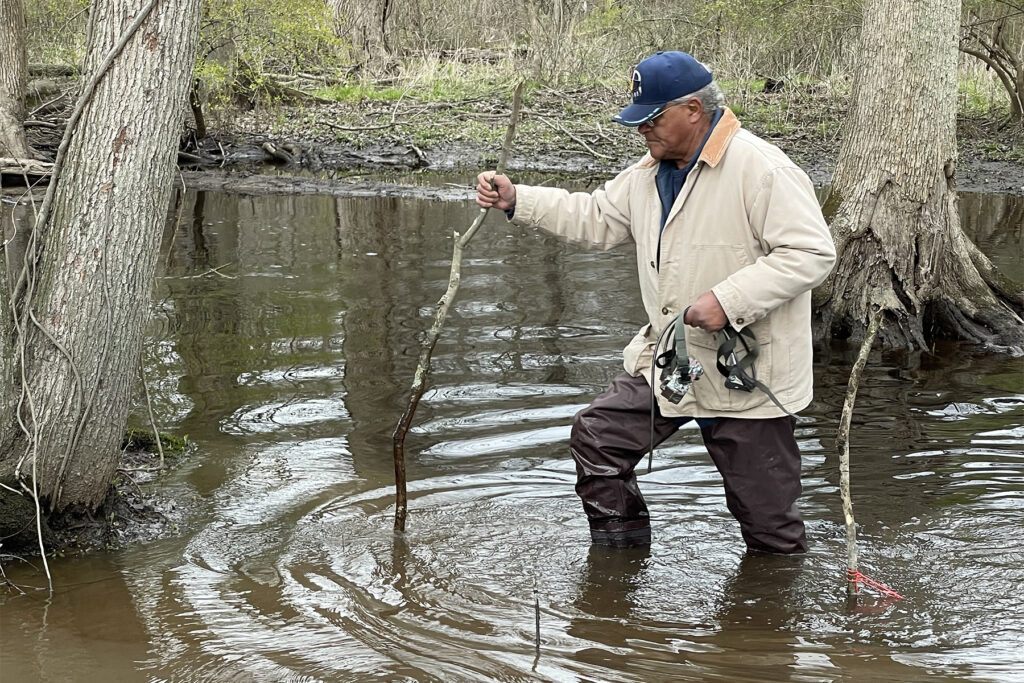
Members of ACEER have been working with the Lenape Indian Tribe of Delaware since 2015. Principal Chief Dennis Coker was instrumental in the creation of ACEER’s Ethics Policy with Indigenous Communities. ACEER’s current collaborative partnership with the Lenape Indian Tribe of Delaware and Stroud Water Research Center is a Citizen Science Fresh Water Mussel project funded by the National Geographic Society.
